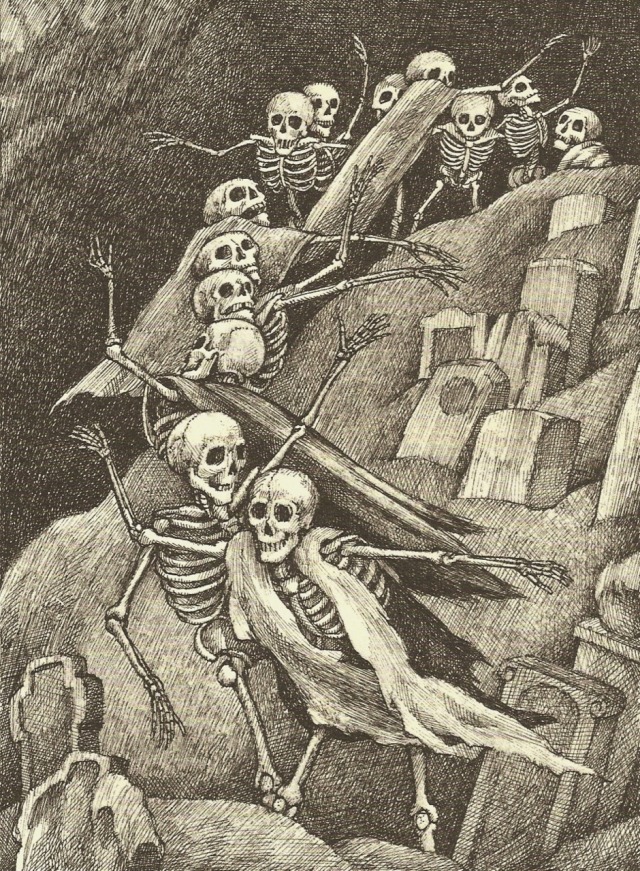


Use wells, cook by fire, use open-air pit latrine Health Services -Herbalists: first choice About 655,000 people died (mostly children) Malaria Symptoms Headache, fever, shivering, joint pain, vomiting, hemolytic anemia Cerebral Malaria 20-30% of cases blood cells attach to vessels and capillaries in the brain causes headaches, seizure disconjugate gaze Magnambougou -No electricity, no running water Medication (strains are becoming resistant), but no vaccination Malaria Statistics -In 2010, there were 216 mil cases of malaria worldwide

Kay -> severe headaches for weeks, took all medicine turns out she had a resistant strain of cerebral malaria The new 23-page “Update on Mali, 2013” chapter is a factual update about economic and health conditions in Mali as well as a brief summary of the recent political unrest.Malaria -The death of 2 friends in Mali (as a result of this disease) in 1983 ended Dettwyler's 1st fieldwork. The 20th Anniversary Edition includes a 13-page “Q&A with the Author” in which Dettwyler responds to typical questions she has received individually from students who have been assigned Dancing Skeletons as well as audience questions at lectures on various campuses. Readers will laugh and cry as they meet the author’s friends and informants, follow her through a series of encounters with both peri-urban and rural Bambara culture, and struggle with her as she attempts to reconcile her very different roles as objective ethnographer, subjective friend, and mother in the field.

Through fascinating vignettes and honest, vivid descriptions, Dettwyler explores such diverse topics as ethnocentrism, culture shock, population control, breastfeeding, child care, the meaning of disability and child death in different cultures, female circumcision, women’s roles in patrilineal societies, the dangers of fieldwork, and facing emotionally draining realities. With nutritional anthropology at its core, Dancing Skeletons presents informal, engaging, and oftentimes dramatic stories that relate the author’s experiences conducting research on infant feeding and health in Mali. This personal account by a biocultural anthropologist illuminates not-soon-forgotten messages involving the sobering aspects of fieldwork among malnourished children in West Africa. One of the most widely used ethnographies published in the last twenty years, this Margaret Mead Award winner has been used as required reading at more than 600 colleges and universities.


 0 kommentar(er)
0 kommentar(er)
